Plant Growth Enhancers for Your Indoor Garden
Hydroponic gardening can prove difficult when it comes to accelerated plant growth and maximized yields. There are many different ways for a grower to increase their plant yields and harvest a healthier crop by use of a few simple plant growing tips. A high quality plant growth enhancer is just one of the many options that hydroponic gardeners must take into consideration to maximize their returns.
The Immune System Booster for Hydroponic Gardens
A plant growth enhancer can significantly improve your hydroponic garden in more ways than one. Apart from the obvious stimulation of plant growth, effective plant growth enhancers often involve chemicals or solutions that combat or prevent pathogens and other harmful diseases which can halt plant growth. Growth enhancers that contain Salicylic acid are known in gardening as immune system boosters. They work by improving the plants overall health and by guarding against unwanted exposure to diseases that can devastate crops, and neutralize all gardening efforts.
Root Enhancers and Hydroponic Gardens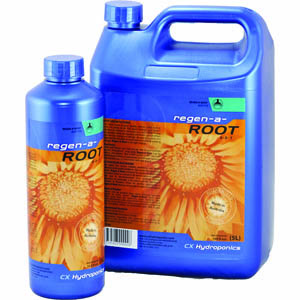
Growing strong and healthy roots throughout the entire cycle of vegetative growth and bloom is a critical issue in optimized indoor gardening. Hydroponic crops that have a restricted or unhealthy root system will not produce the results required to ensure maximum productivity and profitability; even when proper lighting, watering, and feeding is done. A quality root enhancer or powerful indoor gardening root stimulant can be highly beneficial, with effects that trigger significantly larger plants and better quality harvests. A root stimulating plant growth enhancer generally works by promoting the growth of beneficial bacteria, which strengthen the root system while facilitating the absorption of plant nutrients.
Web Hydroponics Recommendation: If you have read any previous blog posts, you know how much we love Regen-a-Root by CX Hydroponics. It is our favorite root stimulator on the market. It does what the big brands do and more, at a much better price point. Try it today!
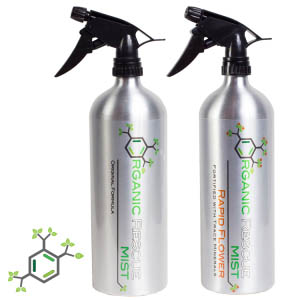 Foliar Feeding: The Plant Growth Enhancer That Can Improve Crops
Foliar Feeding: The Plant Growth Enhancer That Can Improve Crops
Foliar feeding a quality plant growth enhancer is another essential method of improving your crop yields for a larger and higher quality harvest. Foliar feeding works by simply spraying a growth enhancing nutrient mist on the leaves of your plants. Because of their special epidermal structure, leaves absorb supercharged plant nutrients and additives, inducing maximized hydroponic crop yields (improved by up to 50%). For optimized plant growth and health, it is said that a good surfactant and a high quality humic acid or fulvic acid should be used in foliar feeding.
Web Hydroponics Recommendation: Our favorite foliar spray is Organic Rescue Mist. We use other nutrients for base/additives, but for foliar, nothing beats Organic Rescue Mist. Effective, concentrated (31% fulvic acid!!!), affordable, and it comes in a slick, durable Ready-To-Use aluminum bottle for easy foliar feeding when it’s needed. Pick up a bottle and leave it in your grow room for future foliar feeds! Original Formula through Veg, Rapid Flower for transition into flower. It’s that easy!
Hydroponic Growth Maximized by Basic Pruning
Pruning your plants can also help to improve and increase plant growth in a hydroponic garden. Withering, under-performing, or old leaves and branches (when connected to plants), can draw the nutrients and energy away from the healthy section of the plant; resulting in fewer nutrients that can be absorbed. Pruning dead or dying leaves or branches can drastically help to improve growth rates because the nutrients will no longer be drawn away from the healthy section of the plant. This method is one of the easiest and most cost effective plant growth enhancing options available to indoor gardeners. These tips and tricks are sure to improve your garden health and productivity.
Web Hydroponics Recommendation: We have a couple different options for pruning. We use Giros orange curved scissors. Pretty standard, yet highly effective.
-Web Hydroponics

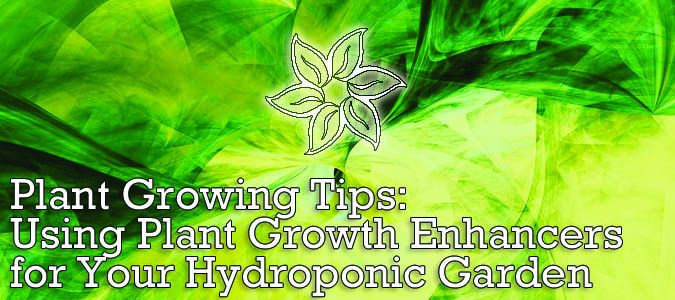
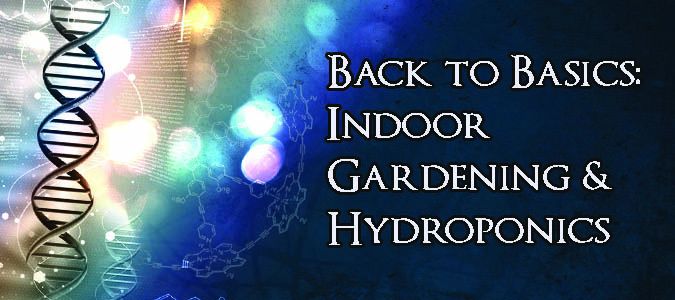
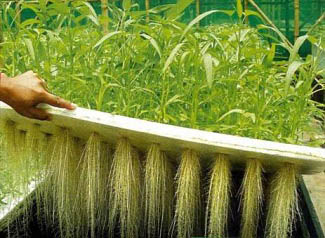 Hydroponic gardening is a method of growing plants without soil. It is traditionally practiced indoors or in a greenhouse, but many commercial growers are learning to incorporate hydroponic practices in their outdoor crops because of huge gains in reduced water consumption and enhanced control of nutrient delivery. There was a time when we believed that soil was essential for plant growth – today we know that plants do not need soil at all; what they need is the mineral nutrients, amino acids, vitamins, enzymes and beneficial bacteria for plants that exist in healthy top soil (the rhizosphere).
Hydroponic gardening is a method of growing plants without soil. It is traditionally practiced indoors or in a greenhouse, but many commercial growers are learning to incorporate hydroponic practices in their outdoor crops because of huge gains in reduced water consumption and enhanced control of nutrient delivery. There was a time when we believed that soil was essential for plant growth – today we know that plants do not need soil at all; what they need is the mineral nutrients, amino acids, vitamins, enzymes and beneficial bacteria for plants that exist in healthy top soil (the rhizosphere).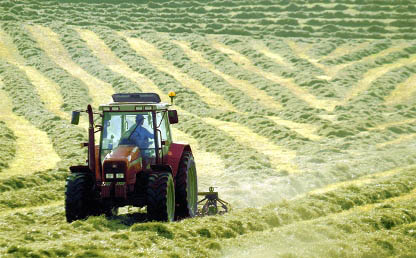 Indoor Gardening and Hydroponics requires attention to all the elements of a plant growth environment
Indoor Gardening and Hydroponics requires attention to all the elements of a plant growth environment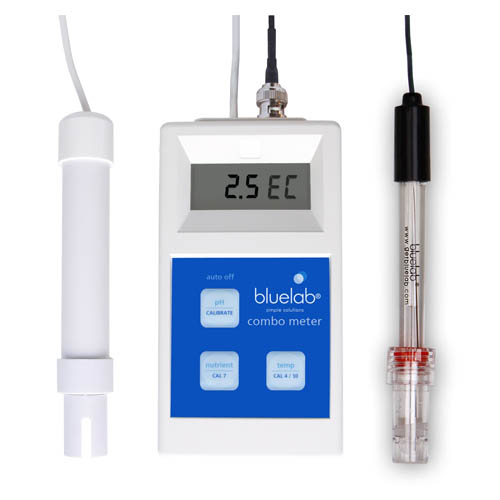
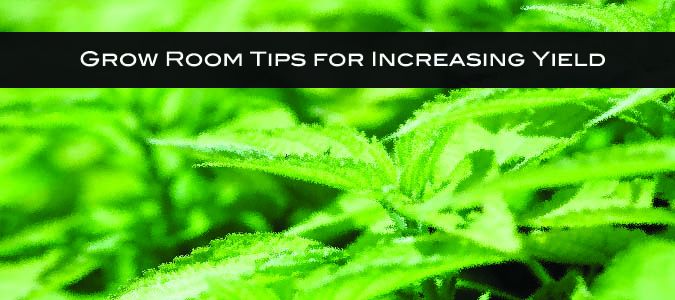
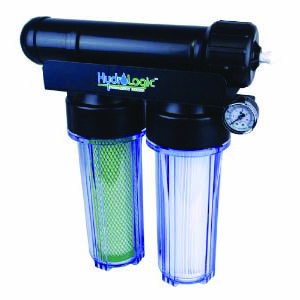 Hydroponic Gardening Tips #2
Hydroponic Gardening Tips #2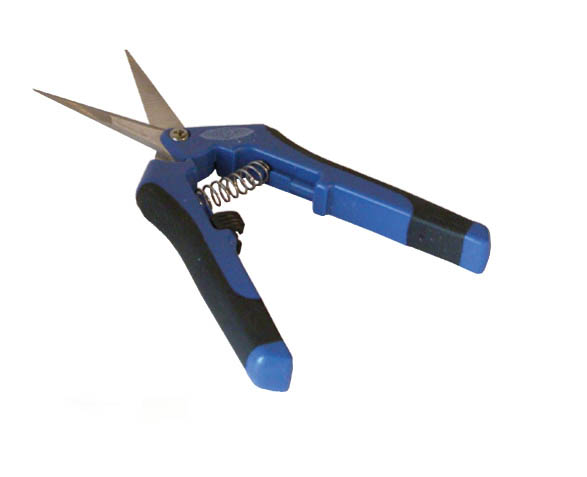
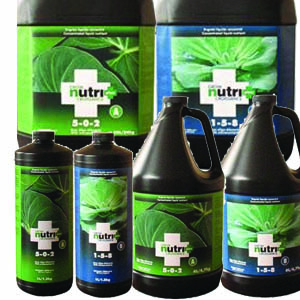 Hydroponic Gardening Tips #4
Hydroponic Gardening Tips #4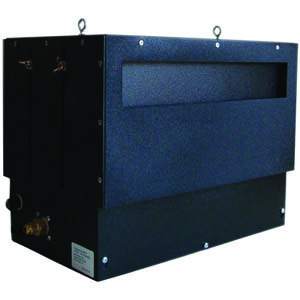
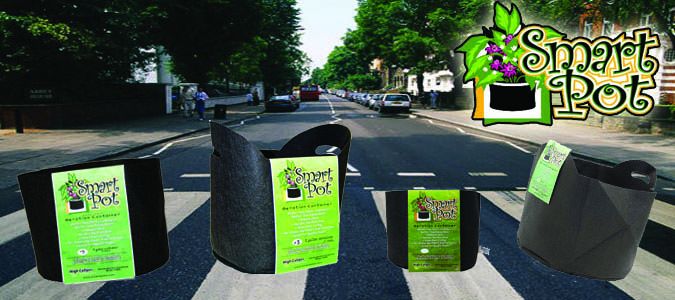
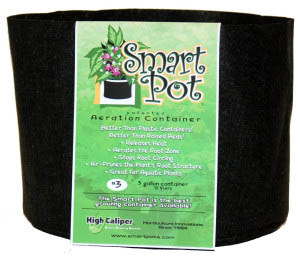
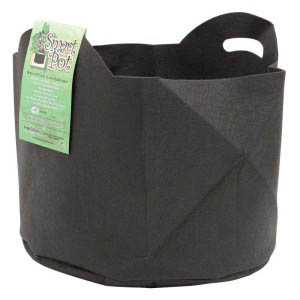
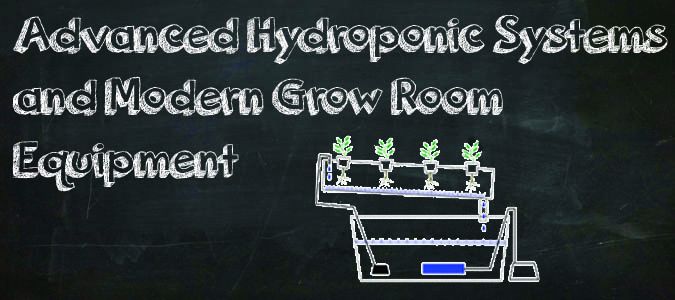
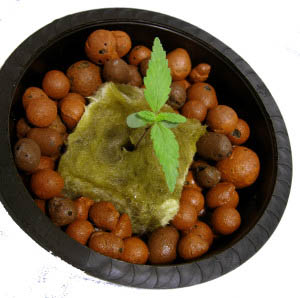 These days, it seems like hydroponics projects are everywhere. From innovative large-scale, greenhouse gardening to classic residential grow rooms in home basements or grow tents in the guest bedroom; many gardeners and hobbyists are pursuing window farming, hanging gardens and other types of hydroponic gardening. But, it’s not clear to everyone just why this new kind of gardening is so beneficial. Here are some of the major advantages of hydroponics that are causing this industry to take off so quickly.
These days, it seems like hydroponics projects are everywhere. From innovative large-scale, greenhouse gardening to classic residential grow rooms in home basements or grow tents in the guest bedroom; many gardeners and hobbyists are pursuing window farming, hanging gardens and other types of hydroponic gardening. But, it’s not clear to everyone just why this new kind of gardening is so beneficial. Here are some of the major advantages of hydroponics that are causing this industry to take off so quickly.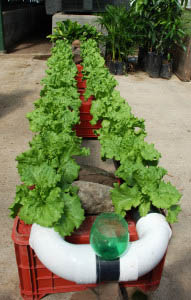
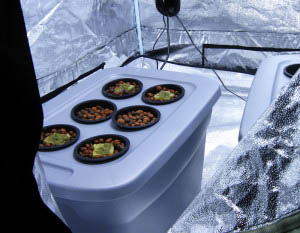 Hydroponic Indoor Gardening Eliminates Seasons and Allows for Growing All Year Round
Hydroponic Indoor Gardening Eliminates Seasons and Allows for Growing All Year Round